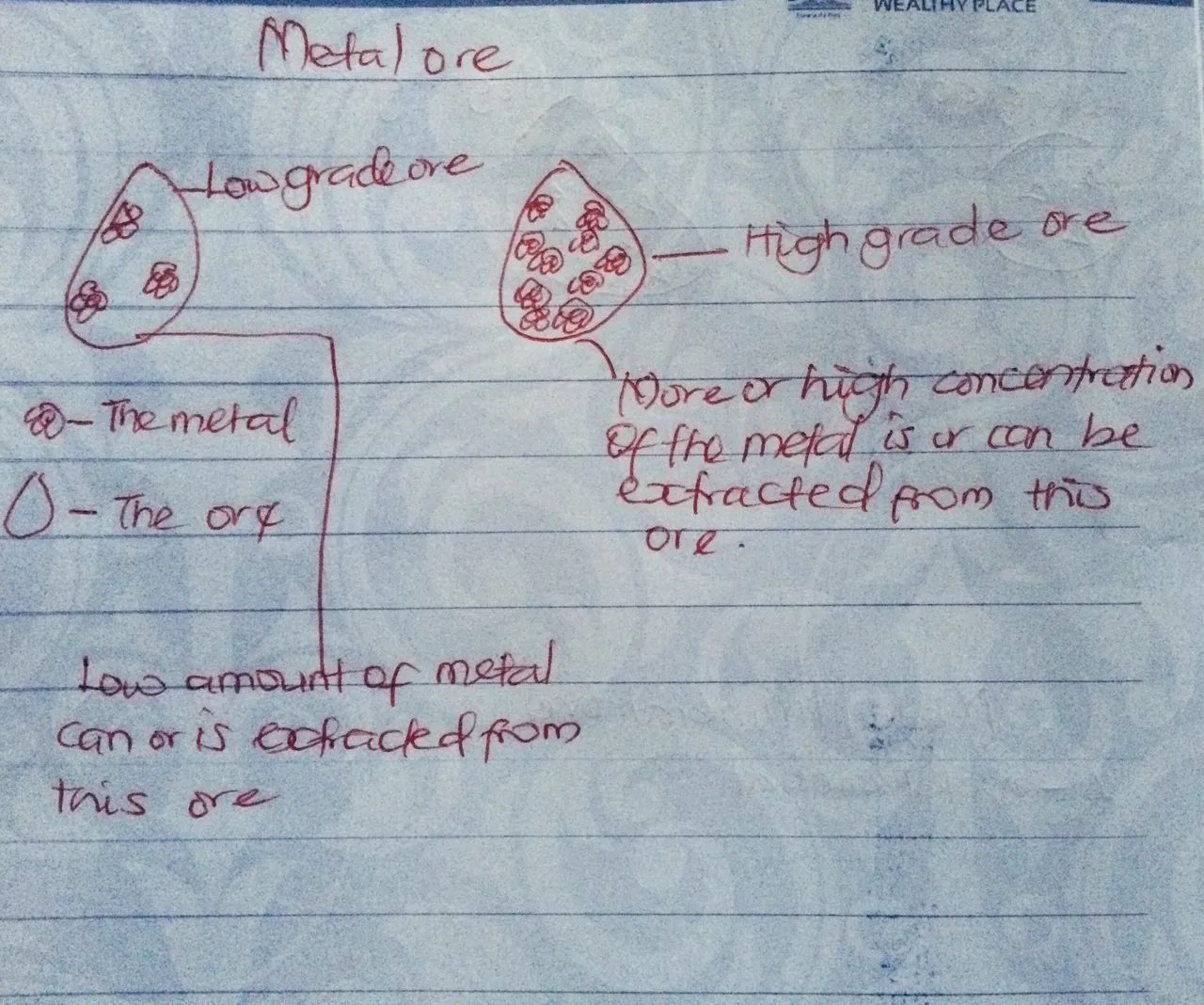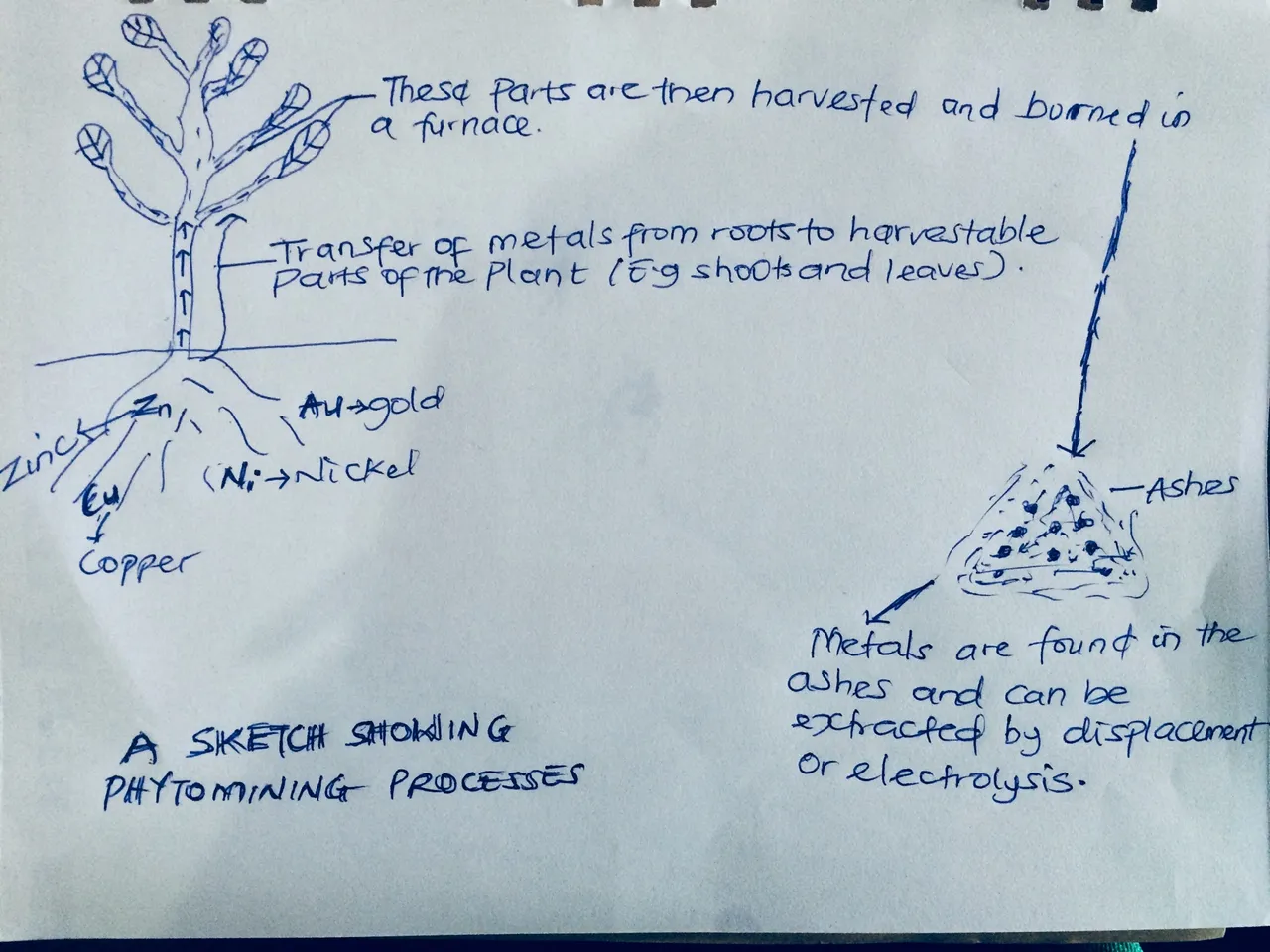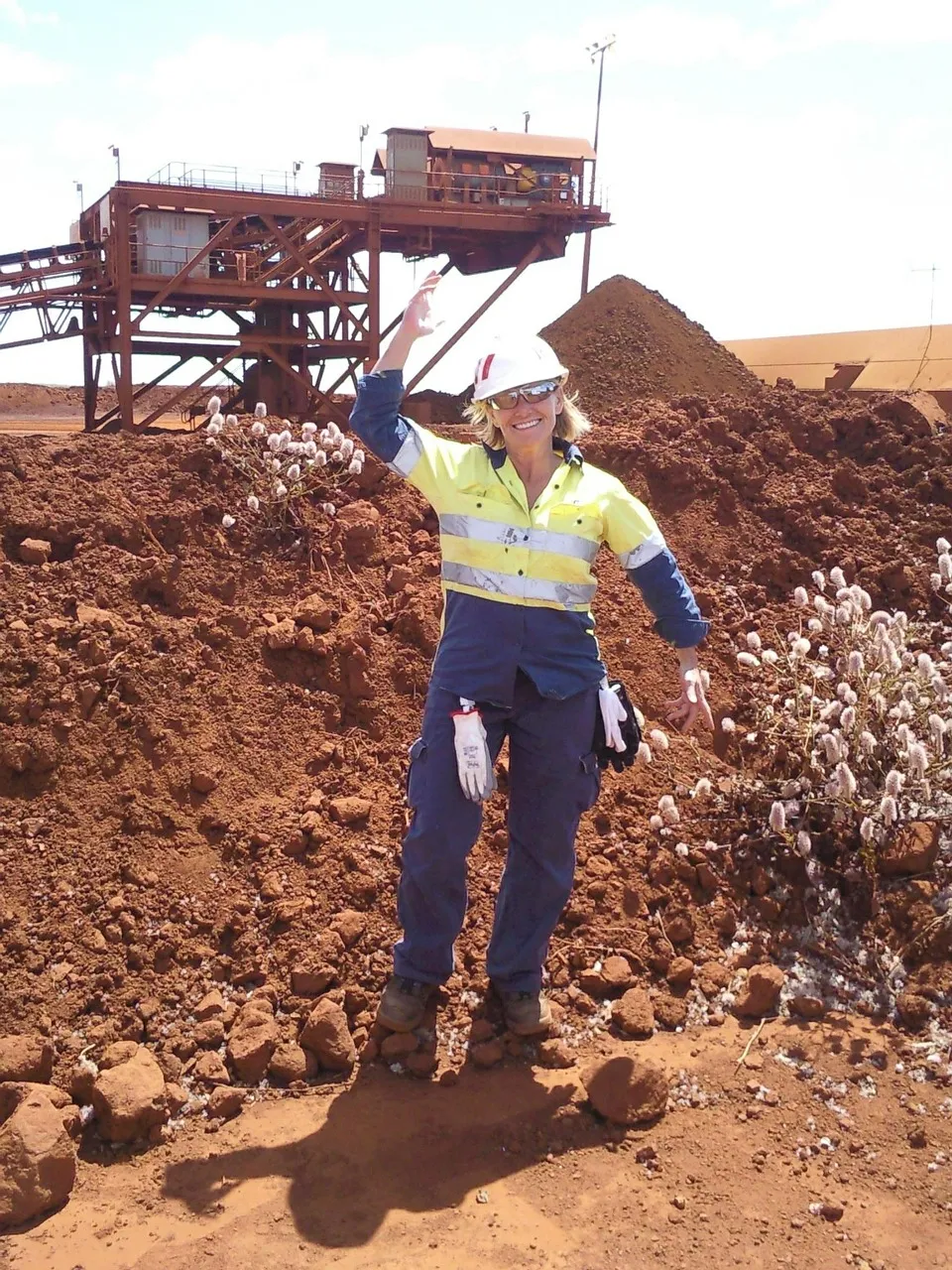Introduction
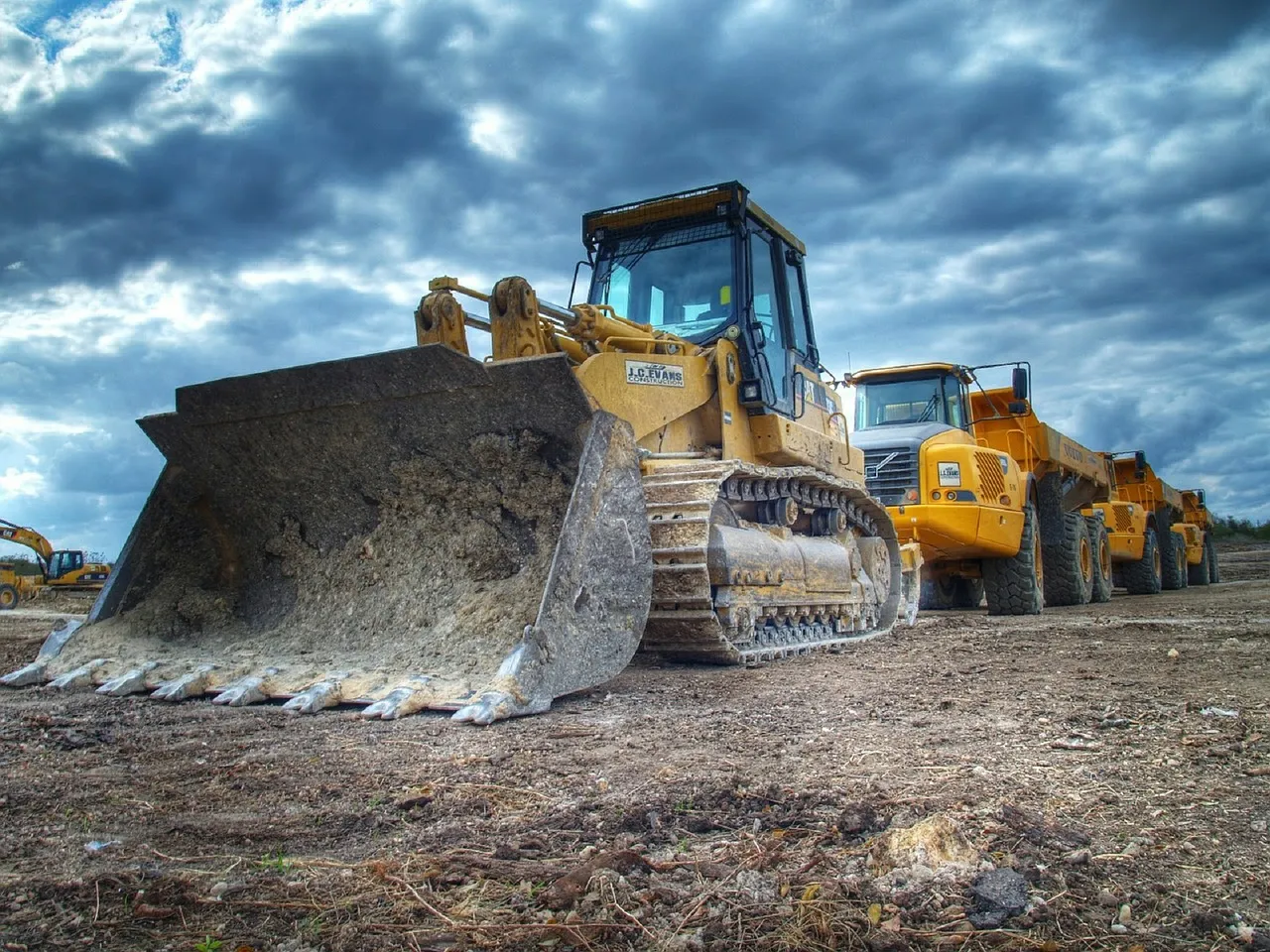 (License: CC0 No attribution required. ]:Pixabay
(License: CC0 No attribution required. ]:Pixabay Over the years, we have had the cause to talk about global warming and the depletion of the ozone layer which is as a result of man’s activities like mining, industrial works etc. Earth is getting warmer as the day goes by and that is not a good thing.
Mining like I said is one of the anthropogenic causes of global warming and the depletion of the ozone layers. I will ignore other types of man’s activities and focus on mining in this article, as it is affiliated with the content and topic of this article.
Mining is simply the excavation or digging out of coal, ore and precious metals and minerals from mines. This process of mineral, metal, coal, ore, etc has destroyed our environment in many ways, like leaching, erosion, destruction of the soil structure and water pollution. The pollution is as a result of the release of chemicals during the mining process. It contaminates the whole environment as a whole, which is not healthy for our well being.
During the course of mining, not only the physical environment is affected, the socio-economic effects of the mining process on the people are also seen. Like in the movie, blood diamond, the hunt and mining of the precious metal (diamond), brought about War and unavoidably bloodshed.
Most mines are located in rural areas as we know it, leading to drastic demographic changes (migration which leads to an increase in the population density, disruption in the population and social structure of the area ) in these areas. Mining requires the usage of large landscapes and most of this area of lands have been polluted by the mining process, causing an increase in the scarcity of land for human settlement and farming.
I have tried to throw lights on the environmental and socio-economic effects of mining and as you can see, it isn't good for our well being and health as humans.
Take a quick break and ponder upon this
Are effects of mining generally good for our health?
Are the consequences of mining ultimately beneficial to our environment?
Is the idea of mining (to get rich of course) good for our socio-economic status?
I guess your answer is in accordance with mine. No.
Another quick question
We all know that mining is destroying the earth and facilitating global warming but can we really do without mining?
You know we use almost all the products from mining in our daily lives. Metal is one of the products from mining that we can't do without, from our electronics to construction of buildings, production of pieces of jewelry, automobiles etc the list could go on. It is evident we can't do without these products gotten from mining but are we ready to speed up the Armageddon (if that even exists of course) ? I guess not!
Well, here is the good news!
Scientists have thought about this predicament and have researched and devised ways by which we can use biological techniques to extract metals from the earth crust without necessarily destroying the earth. These methods of metal extraction employed in biotechnology are ;
- Bioleaching
- Phytomining
Bioleaching
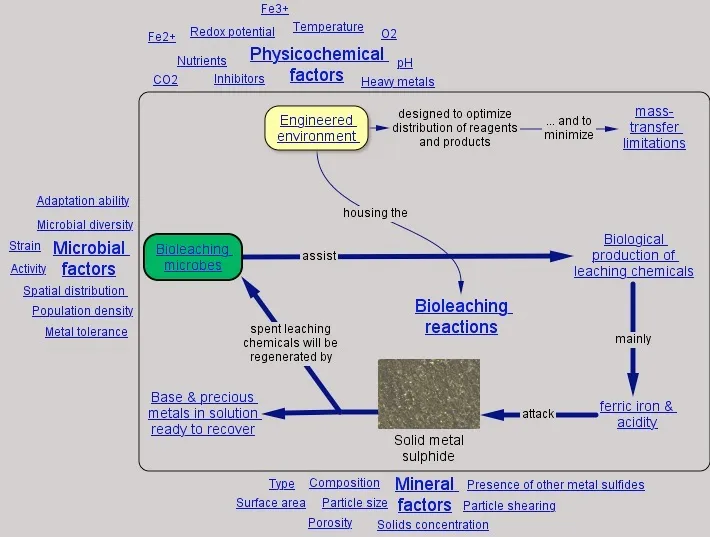 (Anna Bauer. CC BY-SA 3.0.]:BioMineWiki
(Anna Bauer. CC BY-SA 3.0.]:BioMineWiki Anna Bauer-Author
During mining, the important metals or minerals are extracted (I.e the metals that the miners had in mind to mine ). The waste products of mining are usually small rocks or stones which contain a little amount of the metals being mined and a very high amount of sulfur and Iron. The more the mining activities carried out in a year, the more waste products. These waste products, like I said earlier contain high amounts of iron and sulfur which are harmful to living things in high concentration but makes a great meal at the Thanksgiving party of microbes.
We are basically the ones who suffer the penultimate effects (which is bad) of the microbes thanksgiving party because they break the bonds of the metals and produce a solution of the metal ion and the compound. This solution, when released into the environment, is very toxic and becomes hazardous to living things. Things go south because this whole process of separating of pure metals or minerals from their compound is not, in practical sense, well controlled. Now, the process whereby bacteria uses energy from breaking weaker bonds in metal or mineral compounds to create stronger bonds under a controlled condition is termed bioleaching.
Bioleaching technology is a very great way of converting waste rocks into precious metals or mineral and at the same time purifying the soil and environment. Well, bioleaching isn't a basic process as you would have to know the kind of bacteria that does the mining, the kind of metal or mineral these microbes would prefer to feed on and the group of microbes that is more efficient working together as a team etc for it to be successful.
In simple terms, bioleaching is the extraction of metals from a high-grade ore using bacteria in a controlled environment.
I have tried to sketch two imaginary ores in the image above, with one being a low-grade ore and the other a high-grade ore. As you can see, the metals are more abundant in the high-grade ore than in the low-grade ore. The abundance of metals in an ore is directly proportional to the amount of this metal that can be mined or extracted from it.
The most common bacteria used in this process are chemolithotrophic bacteria (e.g Thiobacillus ferrooxidans, which obtain their energy from breaking the weaker bonds in the metal compound and replacing it with stronger bonds.).
The advantage this method of mining metals has over the traditional method is that the soil structure isn’t destroyed, there is no release of toxic gases, does not require high temperature and conserves high-grade ore. The disadvantage that this method has over the normal mining methods is that is very slow and can produce very toxic chemicals.
Phytomining
This is a little related to bio-leaching because they both utilize biotechnology in the two processes. The major difference is that in phytomining, plants are used to mine metals while in bioleaching, bacteria are the miners. Here, plants that are resistant to high concentration of these metals are planted in soils rich in these metals. These type of plants are called (hyper-accumulators.).
The phytomining process is a very interesting one, as plants are being grown on low-grade ores and the metal ions extracted from the soil is stored in the tissues or leaves of this hyper-accumulator plants. When this plant is almost at maturity, the plants are harvested and burned to ashes, the ashes contain the pure metal and this metal is extracted from this ash by displacement reaction or electrolysis.
Phytomining are of two types - (i) Chemically induced phytomining - Plants are chemically induced to mine metals from the soil. The use of fast-growing plants with a high biomass is prevalent in this method to favor their phytomining goals. The plants used here are formerly metal excluders which when exposed to too high a concentration of metals, die and increases the risk of contaminating groundwater with metal chelates.
This method increases phytomining efficiency because synthetic chelators and organic acid are utilized to facilitate the rate of metal uptake and transfer from root to harvestable parts of each individual plant.
(ii) Natural Phytomining - As the name denotes, natural phytomining doesn't make use of synthetic chelators and organic acids to enhance metal uptake. Natural hyper-accumulator plants are used, usually low biomass plants that are slow-growing. These plants are very efficient in metal uptake and transfer from shoots to harvestable parts of the plant. There is no or little risk of groundwater contamination.
The advantages phytomining have over the traditional method of mining is that it purifies the soil in the process, doesn't require high-temperature, doesn't release toxic gases into the environment, just like in bioleaching the soil structure or landscape is not damaged (as you can see in the image at the side, the landscape is destroyed). The disadvantages it has over the normal mining methods is that it is very slow, could produce toxic chemicals and could be more expensive.
Conclusion
Bio-leaching and Phytomining as I explained earlier are both the use of biotechniques to mine precious metals using bacteria and plants. The strict usage of these methods would reduce global warming and the greenhouse effect to an extent which is a win-win situation for us because we get the precious metals and also conserve our environment in the process.
References
Phytomining
Bioleaching
Mining methods

